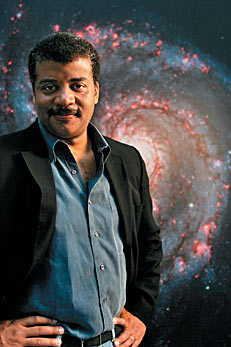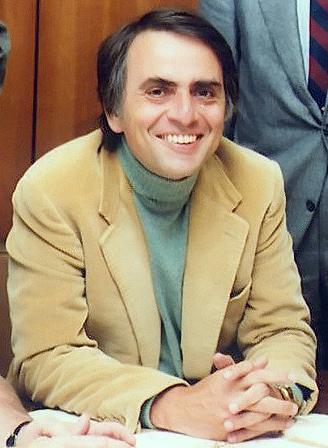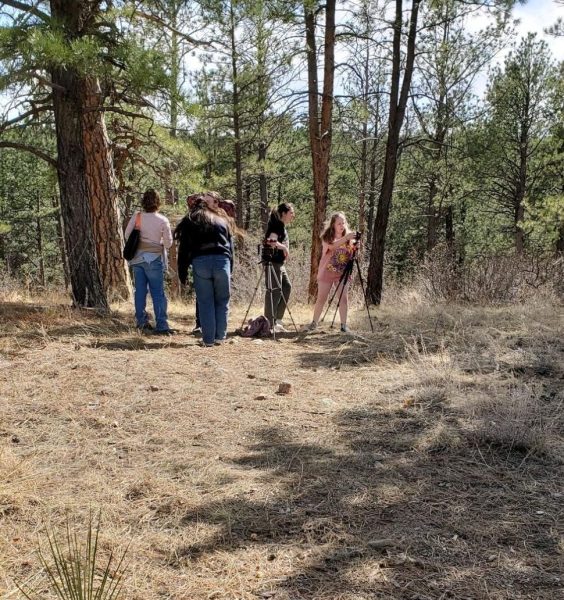Cosmos: Reborn

On the evening of March 9, 8.5 million viewers witnessed the rebirth of Carl Sagan’s hit TV series, Cosmos, hosted by astrophysicist Neil deGrasse Tyson. The series began by President Obama introducing the show and urging today’s youth to explore science, to become interested in the subject, and to be inspired. That really is what Cosmos is all about. Sure, it’s a science show explaining scientific concepts and theories like Albert Einstein’s Theory of Relativity (which agreeably does sound complicated and confusing), but Neil deGrasse Tyson and Carl Sagan (the original Cosmos narrator and creator) aim to take an advanced topic like such, and make it easier to understand, drawing viewers into science. Seth McFarlane, the show’s executive producer, has tried to stay close to the plot of Carl Sagan’s original Cosmos: A Personal Voyage. Sagan and his wife, Ann Druyan, created the highly regarded program to educate viewers in modern science and cosmology. His show not only featured the vast unknown expanses of space, but also focused on life forms in our universe, reaching all the way down to the molecular and cellular level. Tyson’s remake focuses on the same concepts, but Fox plans to bring new technology to film, making images from space more intense and realistic. The show is scheduled to run Sundays at 8pm on Fox.
 The original show, Cosmos: A Personal Voyage, featured Carl Sagan narrating the series on PBS. Sagan was an Astrophysicist and professor at Cornell University in up-state New York. He went to high school in New Jersey and attended University of Chicago and received a Bachelor of Science in physics. He pushed the boundaries of modern physics, winning numerous awards, including the prestigious Pulitzer Prize. Until his death in 1996, Sagan continued as major advocate for education in science and mathematics. His wife has continued in his footsteps by helping produce the new Cosmos on Fox.
The original show, Cosmos: A Personal Voyage, featured Carl Sagan narrating the series on PBS. Sagan was an Astrophysicist and professor at Cornell University in up-state New York. He went to high school in New Jersey and attended University of Chicago and received a Bachelor of Science in physics. He pushed the boundaries of modern physics, winning numerous awards, including the prestigious Pulitzer Prize. Until his death in 1996, Sagan continued as major advocate for education in science and mathematics. His wife has continued in his footsteps by helping produce the new Cosmos on Fox.
Many remember the original Cosmos for the iconic ship of the imagination and the cosmic calendar, which begins with the Big Bang and ends with our present day. McFarlane wanted to create a show very similar and relatable to Carl Sagan’s original while also introducing new scientific discoveries from recent decades. Both shows aimed to explain popular and relatively well-known scientific principles such as Einstein’s Theory of Relatively and Darwin’s natural selection and the Theory of Evolution. However, the history of it all is not left out. The creators make a point to give historical background and important events in explaining complex scientific events.
Sagan’s dream of inspiring and educating youth on space and science became a reality when he released the original Cosmos. It gave an entire generation the opportunity to realize the power that science had on their society. Thirty years later, Neil deGrasse Tyson is continuing Sagan’s legacy by reviving Cosmos and inspiring today’s modern youth.







